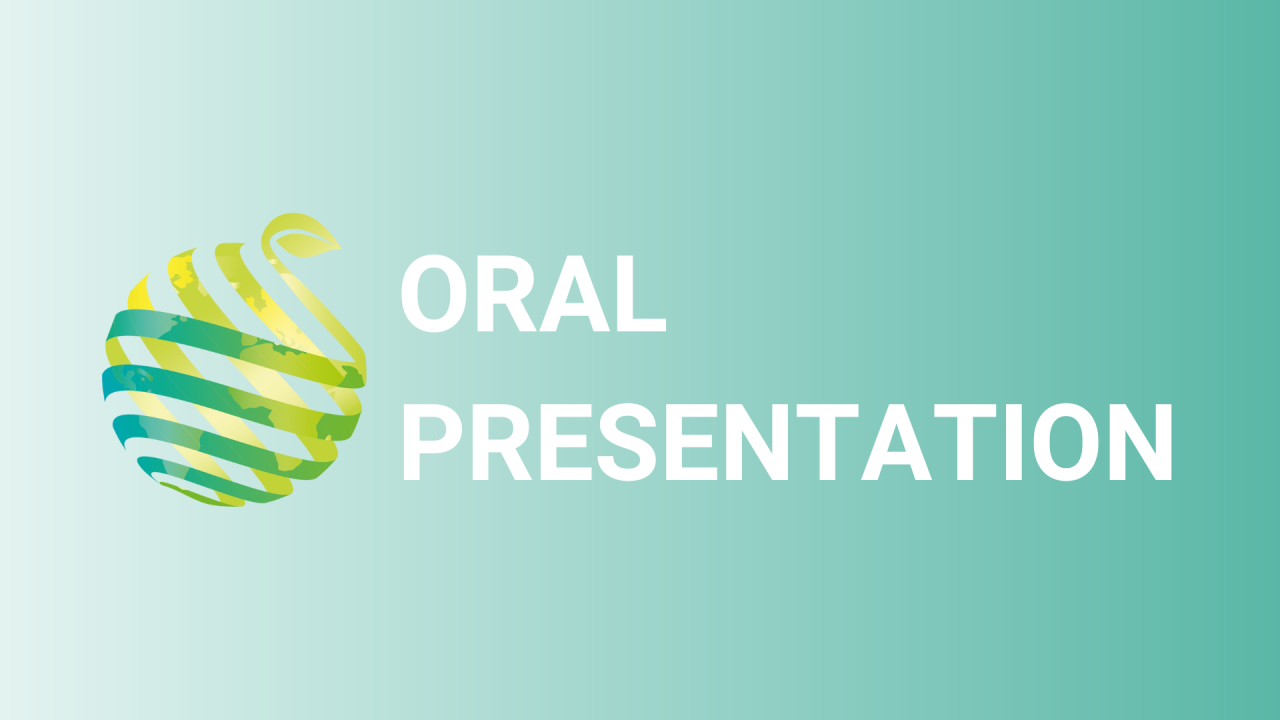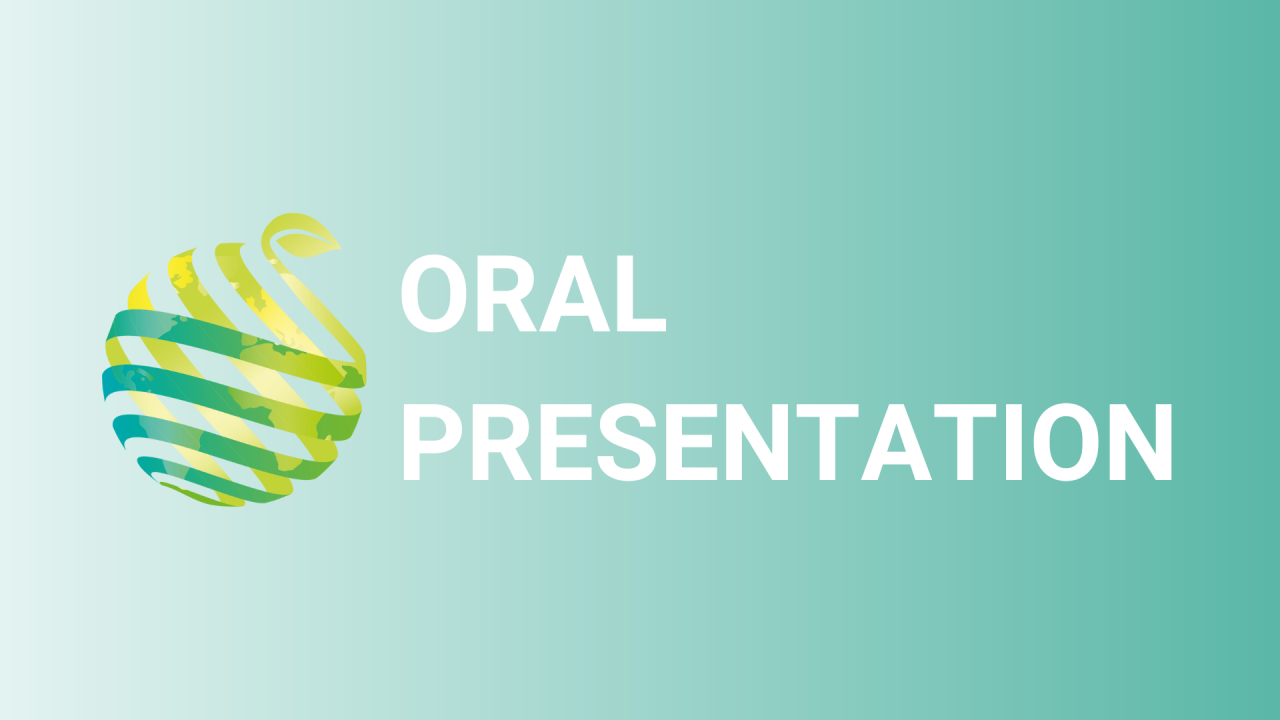

S18 - Session O1 - High throughput phenotyping of architectural traits of a core collection of apple trees from airborne LiDAR
Information
Authors: Evelyne Costes, Juan-Pablo Rojas-Bustos *, Amaury Branthomme, Frederic Boudon
In a context of climate change, the selection of fruit tree varieties that perform well under sub-optimal growing conditions becomes essential. Architectural traits (plant structure, foliage distribution) must be considered to assess the intrinsic production potential of varieties, their interactions with the environment (light, rain, insects, etc.) and their ease of management. To phenotype such traits at high throughput, we developed an approach based on airborne LiDARs that allow rapid 3D scanning of an orchard and compared it to our previous approach, more tedious, based on terrestrial LiDAR. With airborne LiDAR, we tested different acquisition protocols on a core-collection of apple trees, with varying height or speed for the drone, resulting in different densities and qualities of points. To process the resulting point clouds, we built a pipeline composed of a series of steps including the identification and removal of elements of the environment (soil, pole, etc.), the segmentation of individual trees, and the characterization of architectural traits. For the first step, two methods were tested and compared: Canupo and RandLa-Net, a deep learning method for which annotated data were constituted manually. For the segmentation step, we used a semi-supervised method of label spreading. The initial seeds for the labels were determined from measured GPS location of the center of the trees. Architectural traits were then determined including height, projected leaf area, convex and alpha volume, eccentricity. We also defined a new indice to assess the posture of the plant (acrotone vs basitone). Heritabilities of the traits were determined to assess genotypic variability. We found that volumetric indices have a significantly better heritability (57%) than the other indices (29%). The influence of the acquisition protocol on the resulting architectural traits was then characterized. In particular, a positive correlation between trait heritability and the point cloud density was found.